Digi-Key’s new Thief River Falls, Minnesota-based 2.2 million square foot product distribution centre has moved closer to completion. Concrete pouring is complete, and the building is now sealed.
This significant expansion would be remarkable anywhere in the world. It is especially impressive in the plains of northwest Minnesota, just an hour and a half south of the Canadian border.
As one of the largest building projects currently in progress in the United States, it has a 1 million square foot footprint and is four storeys high, in a town with a population of just over 8,500 residents.
“We’re committed to continuously striving for excellence in serving our more than 700,000 customers worldwide and more than 4,400 global employees, and this $400 million investment in our new state-of-the-art facility is a prime example of delivering on that promise,” said Dave Doherty, president and chief operating officer, Digi-Key Electronics. “Our new product distribution centre will feature many advanced technologies designed to help expand capacity and capabilities to even better serve our customers and team members.”
These advanced technologies will enable orders to be picked, packed and shipped directly from Thief River Falls within 20 minutes, arriving at customers worldwide within 48 to 72 hours.
With more than 9 million products available from over 800 manufacturers, Digi-Key ships 99.9% of their more than 5.3 million orders per year from its corporate headquarters in Thief River Falls.
The construction of the new facility began in April 2018 and is expected to be open and operational by July 2021. The physical building is scheduled to be completed this November, with the installation of racking, intelligent conveyor systems and other automation equipment happening right now.
“A great amount of appreciation is owed to our internal Digi-Key employees and program teams as well as our supporting contractors for this project being where it is today,” said Chris Lauer, vice president, order fulfillment for Digi-Key Electronics. “This project is a great example of blending our customer-centric business intelligence with technology to continue making quality and efficiency gains.”
When designing the work stations, the design team took into account ergonomics and capabilities or limitations of workers. One example would be adjustments made for the pickers – instead of having nine levels as they currently do, they’ll only have one.
When the centre is complete, the only thing that will still be done by hand is the actual picking. Even among the racks, carts will be wire-guided. The only thing the driver will have to worry about is where to stop and at which level. The wire-guided system will save more than 10 percent of time and is significantly safer.
There will be two primary conveyor systems to provide redundancy in case of a break down, and also provide opportunities for future growth. Future growth was included in the plans and design of the new building, and much of the fourth floor will be open when the center opens.
The building will feature six backup diesel engines and pumps along with a water tank built for fire suppression. In designing the building, the company learned that if the building was connected to the city’s water system and the fire suppression system activated, it would drain the city’s entire water supply.
The building also has its own storm sewer and run-off ponds so as not to contribute to any flooding or storage concerns on that side of the community.


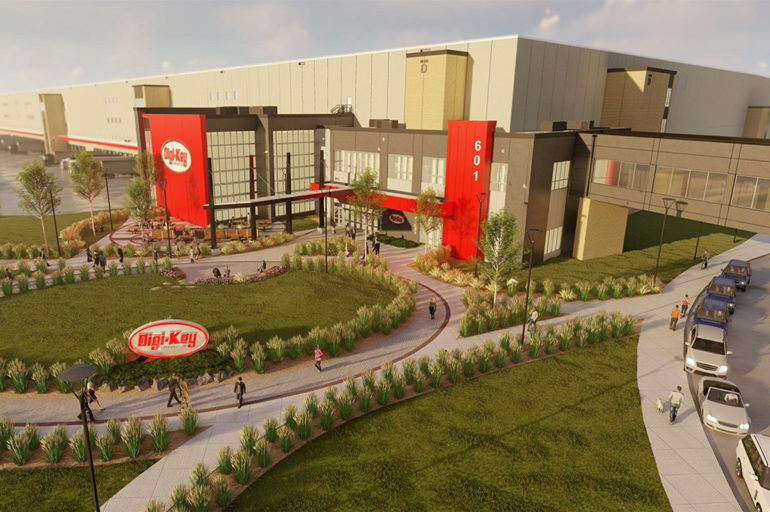

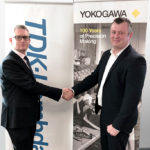

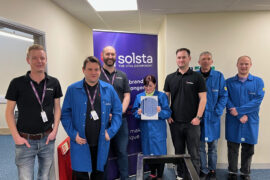

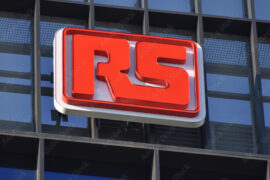
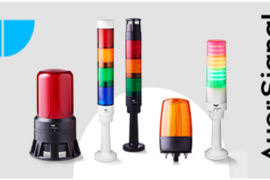

Comments are closed.